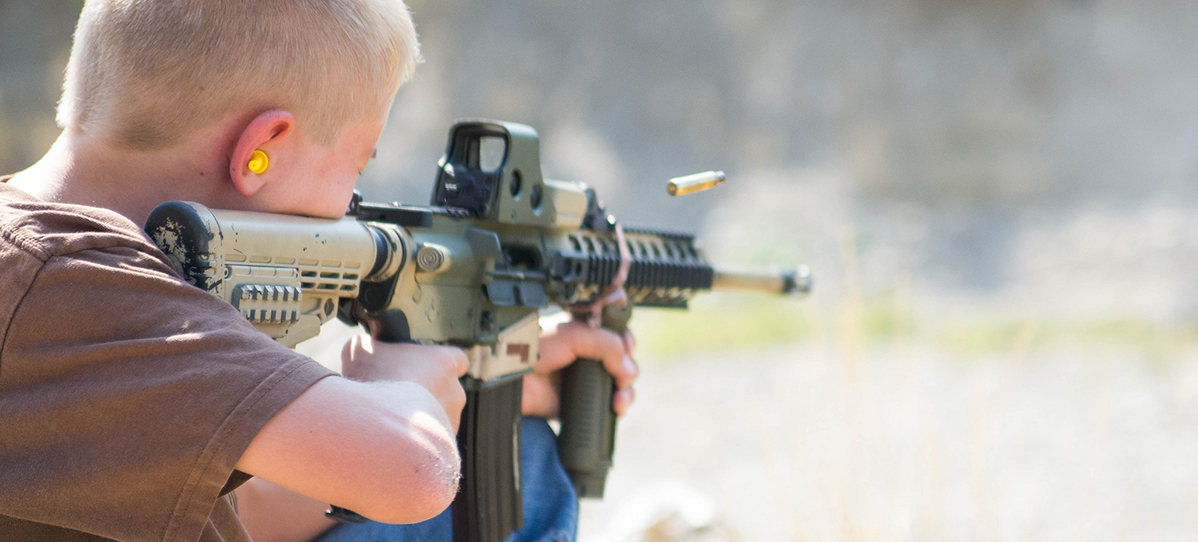How the National Rifle Association became a rootin’, tootin’,
shootin’ political lobby group politicians fear.
Way back in 1871, after some army officers agreed their Civil War recruits couldn’t shoot a barn door at short range, they started the National Rifle Association with the noble aim of teaching citizens to shoot straight and handle their guns safely.
From the beginning the NRA cooperated with government to control availability of guns, in particular to known criminals and to the mentally ill, and to regulate the more easily concealed handguns that were becoming more common.
It supported the Federal government during the gangster era of the 30s when new controls were introduced to block the use of automatic weapons [LINK?] like the Thompson gun. It was still behind the government in the ’60s, after the assassination of President John F. Kennedy, his brother, Robert F Kennedy, and Civil Rights leader Martin Luther King Jr, when the Gun Control Act (1968) was passed.
But while the organisation was taking a broader view, the country was undergoing another change – an increase in urban crime that spawned a rush by the public to buy weapons for self-defence at home. A conservative faction of the NRA, which believed the tighter controls threatened their members’ ability to protect themselves, began lobbying for the organisation to oppose government controls, saying criminals could only be fought by making more guns available to good people.
In 1977 the conservatives had swept into control of the NRA and began moulding it into a powerful lobby group, a lobby loved and funded by weapons manufacturers so it was and able to bankroll key political candidates. It has now become one of the most powerful, and right-wing, lobby groups in the US, issuing report cards on politicians and endorsing – and funding – the campaigns of those it likes (mostly Republican conservatives).
In the wake of the attempted assassination of President Ronald Reagan in 1981 there was pressure for tighter control on automatic weapons, and such a law was passed under the (Democratic) Clinton presidency. But Republicans managed to persuade Congress to impose a 10-year limit on the law, subject to review. When the review was due, Republicans under George W. Bush controlled Congress and let it lapse.
Another crucial change took place just 11 years ago. The Supreme Court confirmed a decision scrapping a 1976 attempt by Washington DC’s city council to ban possession of handguns and partly or fully automatic weapons. In scrapping the ban it ruled that the 2nd Amendment extended to individual citizens the right to keep loaded weapons at home for self defence.
That right has now become the catch-cry of the NRA and the anti-gun-control campaigners, and is at the root of arguments against those calling for tighter control and a total ban on guns like the AR-15 – the weapon of choice of mass shooters. – Zoe Delaney Grech and Kate Buxton; edited by Tony Kleu
Photo, used under Creative Commons licence, from William Wootton’s Flickr photostream.


